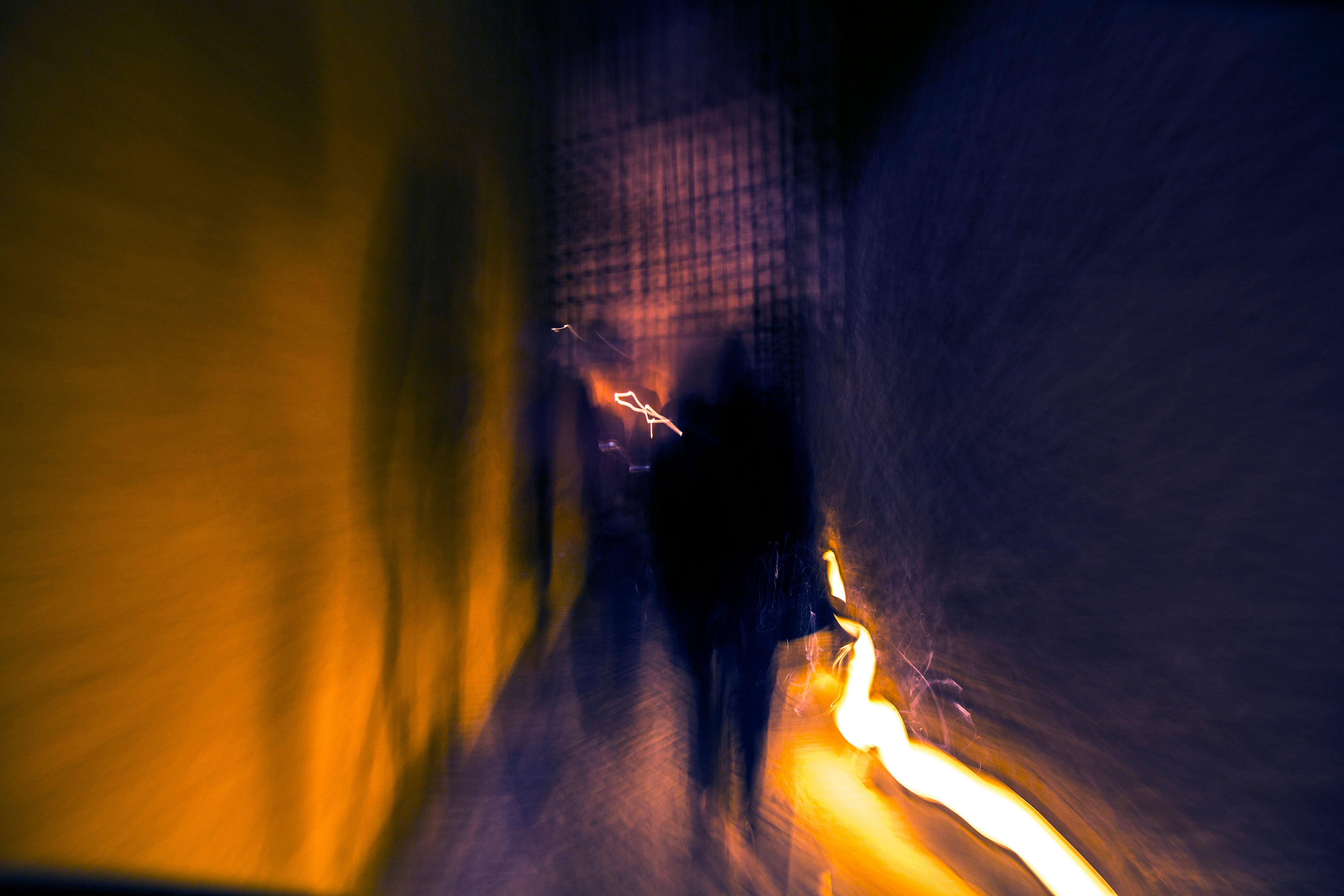
Several contemporary cameras are not only capable of shooting still photographs, but they are also capable of recording short films. It is worth noting that the two cameras under consideration both feature sensors with read-out speeds fast enough to record moving images, and both have the same movie requirements (1080/30p). Slow-motion is an artistic video effect that gives the impression that time is moving more slowly. It is accomplished by recording a video at a frame rate that is greater than the typical playback rate of 24 or 30 frames per second. Frame rates for slow-motion recordings may range from 60 frames per second (fps) to 960 frames per second (fps), depending on the camera’s capabilities.
Sensory Sensing Area

It should be noted that the above size and weight comparisons are rather inadequate since they do not take into account the interchangeable lenses that are required by both cameras. In this specific instance, both cameras are equipped with the same lens mount, allowing them to be used with the same lenses. In the Canon EF Lens Catalog, you may get a comparison of the optics that are available. The sensor absorbs more light when it has a greater light sensitivity rating. This may be used to catch moving objects by employing a rapid shutter speed, or to shoot photographs in low light without the need of a flash, among other things. Print After a normalization phase, which turns all photos, regardless of their original resolution, to an 8Mpix image, this page provides the print performance measurement numbers and graph produced from a RAW image.

A terrific method to catch things like the setting sun or clouds moving across the sky is using a long exposure photography technique. Another consideration is weight, which is particularly significant when choosing a camera that you will be carrying about with you all day. The Canon 100D is substantially lighter than the Canon 60D, which may prove to be a considerable benefit on lengthy walking journeys, particularly in hot climates. The top view comparison of the Canon 60D and Canon 100D is now presented for your consideration. It was debuted on the market in November 2010 with the Canon 60D, and the Canon 100D was released in July 2013.

Comparison between the Canon 60d and the Canon 100d
Canon EOS 60D is a DSLR camera in the Advanced DSLR class, whereas Canon EOS 100D is a DSLR camera in the Entry-Level DSLR class. The pixel density of a sensor indicates how many million pixels can or would fit in a square centimeter of the sensor. The APS-C sensor used in both cameras has a total area of about 332mm2 and is incorporated inside both cameras (13.1 sq.in.). See the part lower down this page for a more in-depth analysis of size options. The 100D and 60D have a portability rating of 73 and 59, respectively, when measured in terms of their size and weight.
Battery life varies depending on camera model. The 100D gets 380 pictures out of its LP-E12 battery, while the 60D can capture 1100 photographs on a single charge of its LP-E6 power pack. Due to the fact that phase-detection autofocus is substantially quicker than contrast detection autofocus, clearer photographs may be captured. One thing to keep in mind while comparing these two cameras is that only one of them is capable of shooting movies, which is the Canon EOS 60D. Unfortunately, the Canon EOS 100D does not have the ability to capture movies or movie clips. This is a comprehensive comparison of the Canon EOS 60D and Canon EOS 100D digital SLR cameras. We compare them based on the criteria you can see in the table below. The weight of the camera might be an incredibly crucial consideration, particularly if the camera is going to be used and carried about for a period of many hours at a given time.

Let’s see whether the age difference between the two cameras makes a significant impact in their performance. Canon EOS 60D cameras were debuted in 2010, while the Canon EOS 100D cameras were launched in 2013. This era of time might be interesting in the technology Canon EOS 100D and Canon EOS 60D industry since technology is always growing and evolving.
In fact, only one of these two cameras, the Canon EOS 60D, has the capability of capturing movies and movie clips in its native format. Unfortunately, the Canon EOS 100D does not have this capability. The practice of recording movies using digital cameras is becoming more common. The amount of light that can be collected by a pixel or photosite depends on the size of the pixel or photosite. When the size of the pixel is increased, the amount of light that can be gathered by that pixel increases. Both digital cameras have received scores that are same or almost comparable.

The 60D has scored 66 points, which is three points more than the 100D, in our comparison of the two cameras. Check out the 100D deals on eBay.com. Check out the 60D deals on eBay.com. What are the differences between the Canon EOS 100D and the Canon EOS 60D, other from the distinctions shown in this snapshot of fundamental features and characteristics? Check out the table below to see how these two cameras compare with regard to their body size, their image sensors, their shooting functions, their input-output connectors, and the reaction they received from professional reviewers. Both of these cameras have the same kind of sensor (referred to as a “APSC”), which implies that if you compare the lenses on the two cameras side by side, they will have the same effective focal length as well. Given that none of the cameras has a Full frame sensor, you will experience a “crop factor,” in which the camera’s sensor size has an impact on its focal length via a multiplier effect.






Leave a Reply